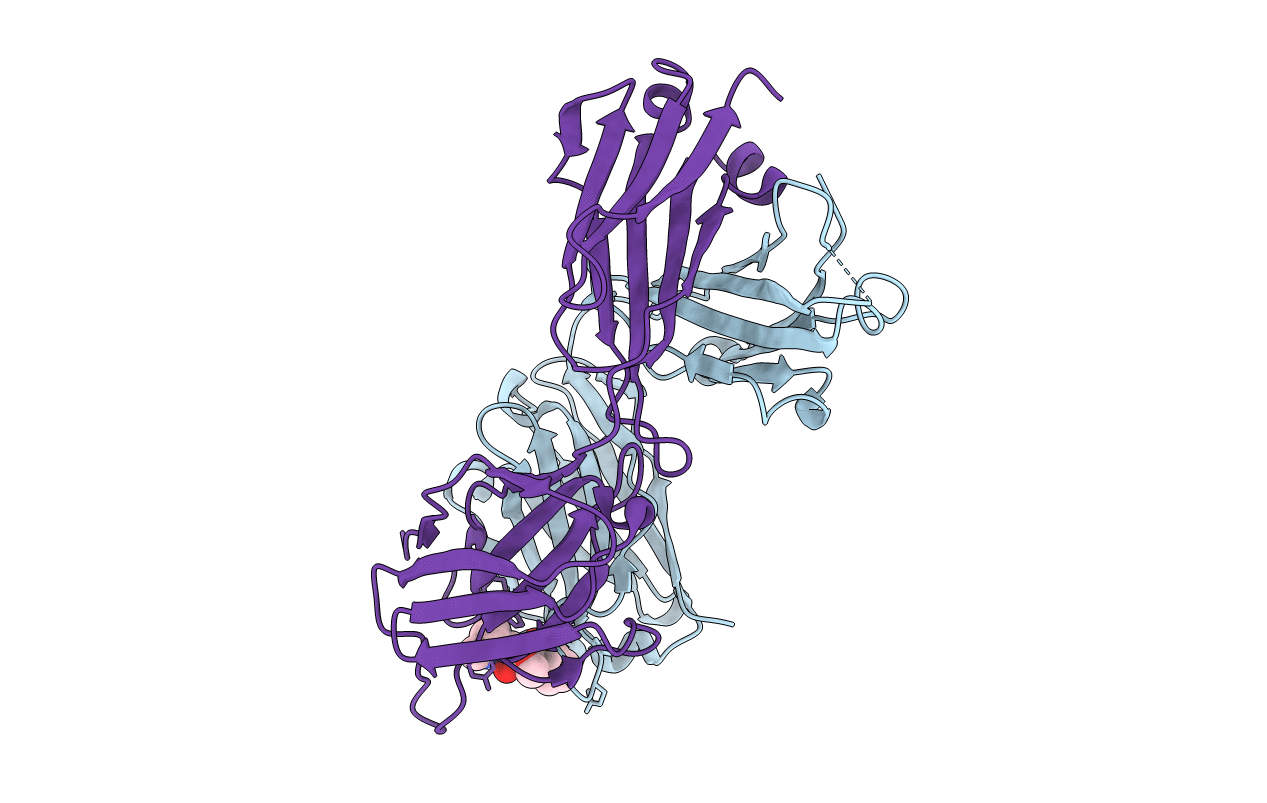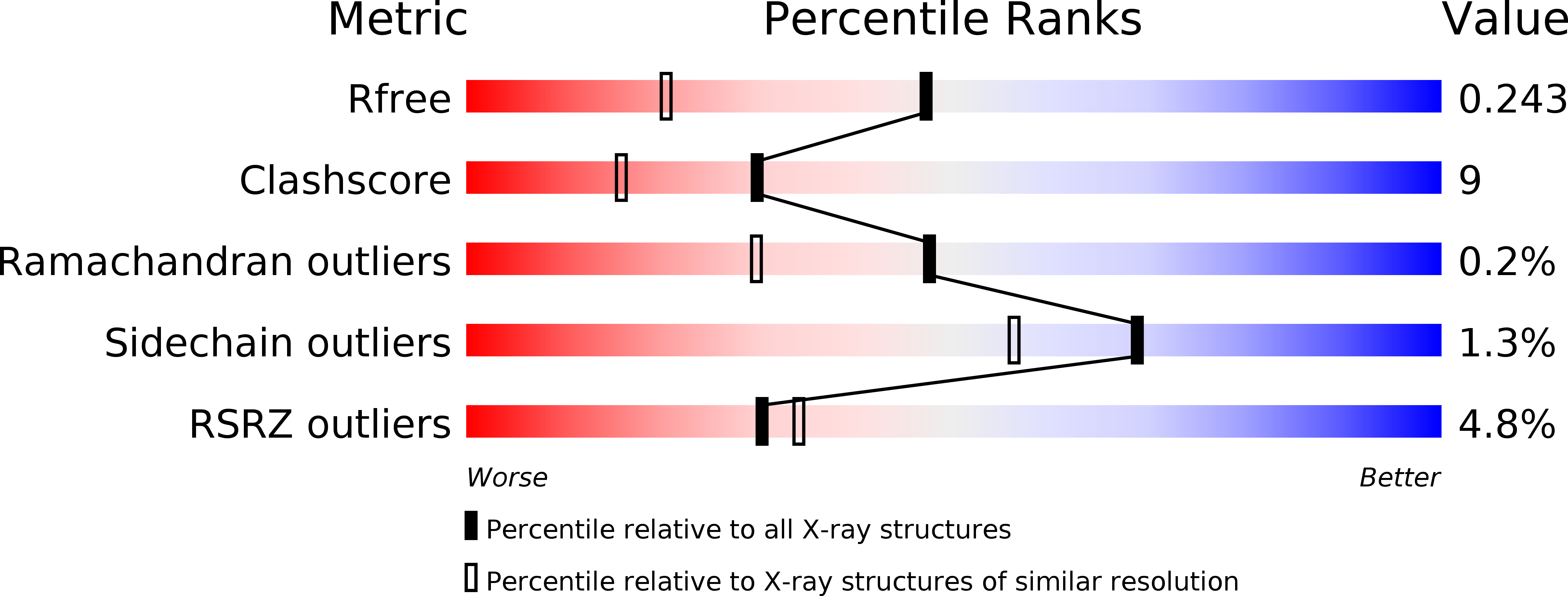
Deposition Date
2003-08-15
Release Date
2003-08-26
Last Version Date
2024-11-20
Method Details:
Experimental Method:
Resolution:
1.70 Å
R-Value Free:
0.24
R-Value Work:
0.21
R-Value Observed:
0.22
Space Group:
P 31 2 1


